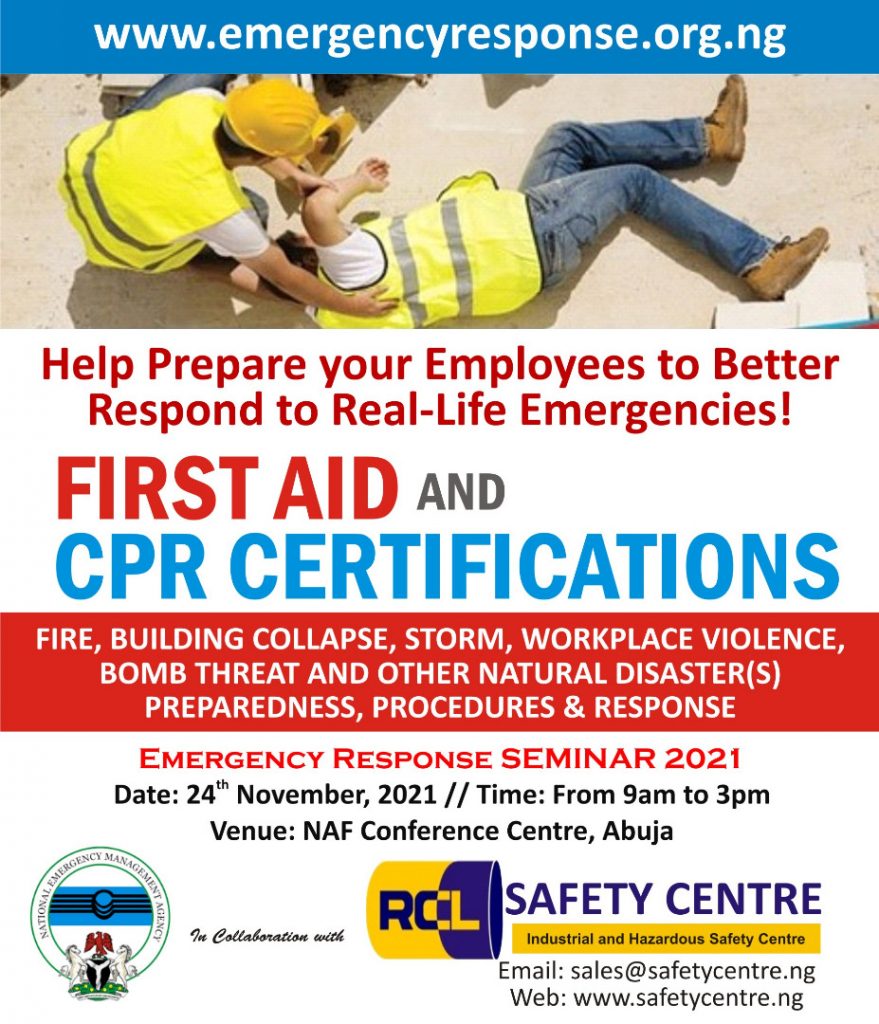Manual handling causes a significant proportion of all workplace injuries. These include work-related musculoskeletal disorders (MSDs) such as pain and injuries to arms, legs and joints, and repetitive strain injuries of various sorts.
The term manual handling covers a wide variety of activities including lifting, lowering, pushing, pulling and carrying. If any of these tasks are not carried out appropriately there is a risk of injury
Why is dealing with manual handling important?
Manual handling injuries can have serious implications for the employer and the person who has been injured. They can occur almost anywhere in the workplace and heavy manual labour, awkward postures, repetitive movements of arms, legs and back or previous/existing injury can increase the risk.
What do employers and workers have to do?
To help prevent manual handling injuries in the workplace, they should avoid such tasks as far as possible. However, where it is not possible to avoid handling a load, employers must look at the risks of that task and put sensible control measures in place to prevent and avoid injury.
For any lifting activity
Always take into account:
- individual capability;
- the nature of the load;
- environmental conditions;
- training;
- work organization.
If employers require workers to lift something manually every effort should be made to
- Reduce the amount of twisting, stooping and reaching.
- Avoid lifting from floor level or above shoulder height, especially heavy loads.
- Adjust storage areas to minimize the need to carry out such movements.
- Consider if the carrying distance can be minimized.
- Assess the weight to be carried and whether the worker can move the load safely or needs any help – maybe the load can be broken down to smaller, lighter components.
If there is a need to use lifting equipment
- Consider whether you can use a lifting aid, such as a forklift truck, electric or hand-powered hoist, or a conveyor.
- Think about storage as part of the delivery process – maybe heavy items could be delivered directly, or closer, to the storage area.
- Reduce carrying distances where possible.
Practical tips for good lifting technique
There are some simple things employers and workers could do before and during the lift/carry:
- Remove obstructions from the route.
- For a long lift, plan to rest the load midway on a table or bench to change grip.
- Keep the load close to the waist. The load should be kept close to the body for as long as possible while lifting.
- Keep the heaviest side of the load next to the body.
- Adopt a stable position and make sure your feet are apart, with one leg slightly forward to maintain balance.

